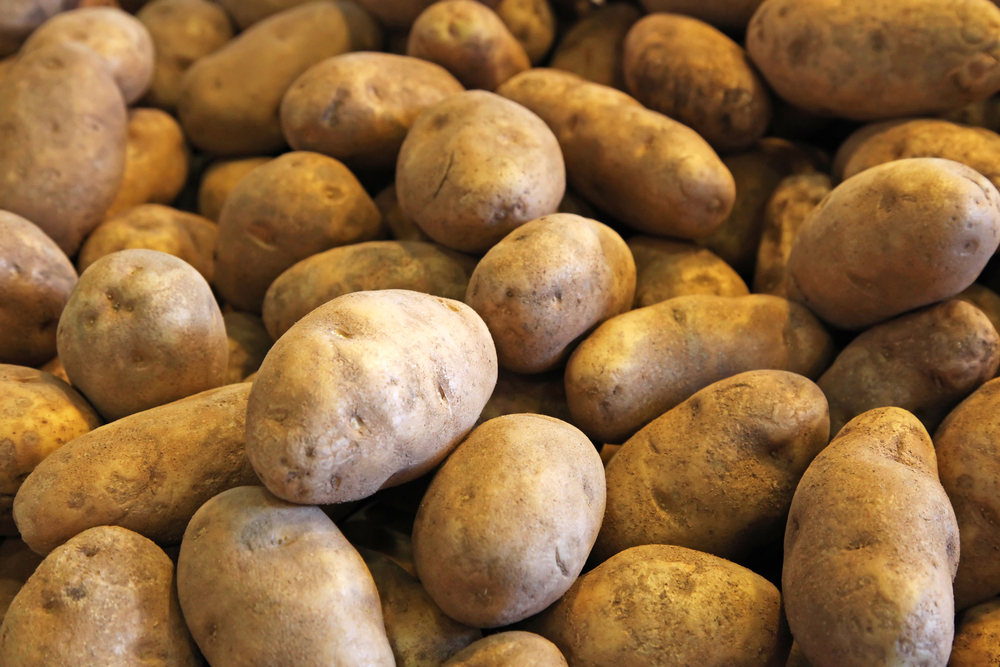
By: Ashley Robinson
Late blight is an annual problem for potato and tomato growers. New strains of the pathogen, Phytophthora infestans, continue to emerge, becoming more aggressive and often resistant to fungicides.
LETHAL PATHOGEN
“Late blight is a devastating pathogen,” says Nick Dufault, associate professor of plant pathology at the University of Florida Institute of Food and Agricultural Sciences. “Any blight pathogen means it’s going to kill the whole plant.”
P. infestans is a very efficient and effective pathogen. The pathogen’s sexual reproduction and mutations allow for new genotypes so new populations can emerge. Late blight is quickly moving, and entire fields can be blighted within 14 days of first detection.
“This pathogen moves very quickly when it’s wet. It moves very well through water, and it can move long distances,” says Dufault. “When it gets into the stem or into the plant where the water and food are moving through, it can kill the plant very quickly, especially in the optimal environment.”
MANAGEMENT METHODS
Although late blight is not known to be seed-borne in tomatoes, growers should always purchase disease-free transplants. Potato tubers have the potential to be infested with the pathogen, so certified seed potatoes should be purchased to reduce the risk of infection. In addition, potato seed pieces should be stored dry and examined prior to planting.
To successfully control late blight, regular scouting is imperative, especially during periods of cool, wet weather, which are optimal for spread of the pathogen.
Currently, fungicides are the most effective means of controlling the pathogen and will remain the primary tool until cultivars with resistance to the disease are on the market. Fungicides should be applied preventively when late blight is found in the area or when weather conditions for pathogen spread are suitable.
“We really need to be ahead of the pathogen. We need to know when it’s coming into our area and get that application before we see signs of the disease in the field,” Dufault says.
Unfortunately, the pathogen is notorious at overcoming management strategies and developing resistance to certain fungicides. With this knowledge, researchers advise growers to make sure that the pathogen hasn’t become resistant to the chemical control they are using in their fields.
LOOKING AHEAD
Continuing to monitor this pathogen will be vital in learning other management strategies for the disease. “It seems that in the future, it’s important to understand when this pathogen is showing up, what’s changing and how it shows up if our environment is changing,” Dufault says. “Our pathogens don’t respect our state borders. This isn’t just a Florida problem, it’s a nationwide issue. We’ll need to work to share our data and use it to work together.”









